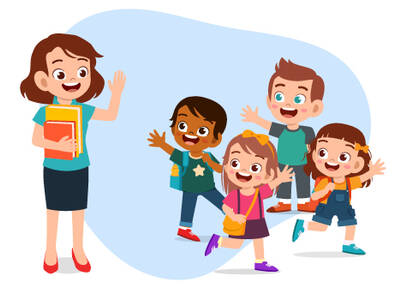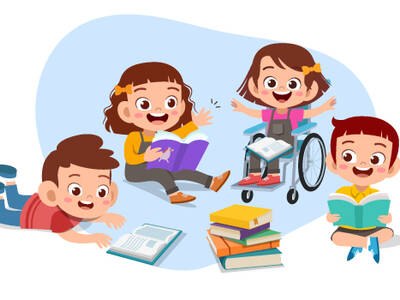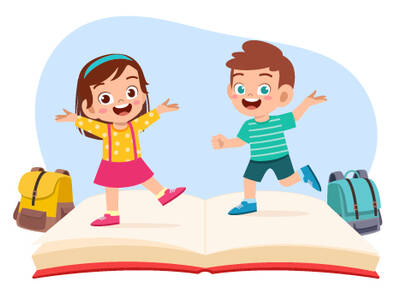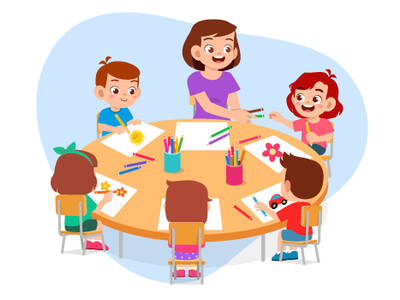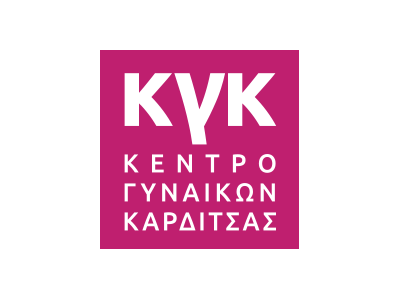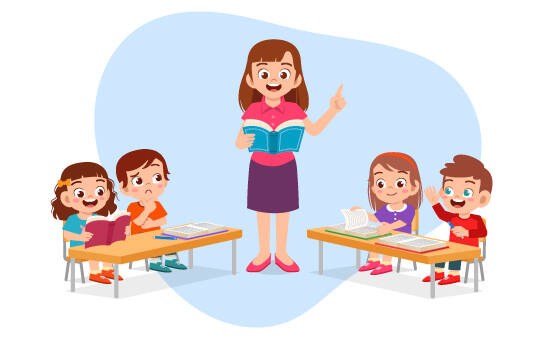
The first contact with the stereotypes of classic fairy tales took place in early 2019, after the fairy tales had been selected. Two working groups, one consisting of children aged 5-7 and one of the primary school teachers, identified, deconstructed and reconstructed the stereotypes. The material of these groups formed the basis of the teaching modules developed for working with young children, on the subject of preventing gender-based violence as well as promoting gender equality.
The teaching units and activities that have been developed, have the symbolic meaning of the fairy tale and its heroes, as a starting point, but they are the occasion for the development of conditions for creating the right terms and conditions, in order to facilitate the young children in the search and multiple solutions, to questions / problems that arise during the educational process, especially if we take care to enrich it with elements of everyday life. In this context, the indicators for gender equality of the European Institute for Gender Equality - EIGE provided the "material" for the elements of everyday life. The promotion of gender equality is done through activities related to education, health, work, pay, leisure, participation in decision-making - these are the indicators for gender equality of the EIGE.
The first implementation of the teaching units started in 2020 in Karditsa. The group of children included children aged 5 to 7 years, boys and girls. The implementation of the activities includes interactive working methods, such as brainstorming, role-playing games, reading fairy tales, group discussions, etc., but also visual material, such as pictures of the main characters, models, presentations, stickers, dolls, etc. The working methods were chosen in order to expand the possibilities of children for creative and critical thinking. The innovation of the approach of the activities through the fairy tale and its heroes creates a learning environment that is a source of stimuli and experiences, promotes their natural tendency for experimentation and exploration and encourages initiative, taking responsibility∗, of meanings. Discussions and working in small or large groups helped the children:
- to act responsibly and autonomously, to take initiatives, to support their choices, thus building their personal identity;
- to dare to try in the security provided by the game and the symbolic reason of the fairy tale;
- ask questions and pose problems;
- develop strategies to solve problems;
- to creatively apply their knowledge in new situations.
This method has helped children discover characteristics of the world around them that relate to gender equality and prevention against gender-based violence. By playing, they share and negotiate different social experiences, such as trying out everyday roles of people familiar to them, exploring ideas, topics and events that impress and arouse their curiosity, conducting explorations that start from their own interests and questions, all that helps children become more autonomous in their thinking.
Understanding the concept of gender equality was either direct, through storytelling, or indirect, using a language that makes both sexes visible. Representations also contributed to this goal, as well as the strong description of the positive side of the best life of all, when men and women work, create, decide together, live with equality.
Children participated in groups and activities equally, they were encouraged to think outside the gender stereotypes without fear of being ridiculed or rejected, which ensured the promotion of equality, justice and active participation in the educational process.
The role of the teacher /coordinator is crucial for the implementation of the teaching modules. He is the person who creates the right atmosphere of trust and respect for the group experience and "educates" the participating children to be members of the team. Adaptability, ingenuity, respect for the other child, and the personality of the teacher/ coordinator in relation to the dynamics of the team, is the key point in the effort to implement the activities.
The pilot application was made in a Kindergarten of the city, by a Kindergarten teacher member of the initial group of teachers, with the aim of initially evaluating the application of the given educational modules and then the wider application of these modules by the rest of the group of teachers that formed the initial working group, the original focus group. The pilot application is a fact that provided a very important experience in the implementation of the activities by the rest of the group of teachers.
Children are by nature curious about the natural and social environment. In order to utilize and strengthen their willingness to explore and learn the material of the program, he arrived at the Kindergarten in a beautiful box, which contained, among other things, gifts for each child: the hat that allows us to talk, stickers and the storybook.
The activities proposed are group. This is because teamwork can be fun, enjoyable, but at the same time gives children the opportunity to work together, cultivate their self-esteem and confidence, develop skills, build close relationships and lay the foundations for a community that is interested, shares and supports. Team work promotes collaborative learning and a flexible team allows children to see themselves working in many different contexts, with different conditions each time, but also on different projects.
The activities are addressed to preschool children who attend Kindergarten and the first grades of Primary School (5-7 years old) and are indicative. The teacher can modify them according to the dynamics of his / her class, but without changing the goal given at the beginning -field: Objective- of the activity. The activities are implemented in the given sequence and it is legitimate to start after the children have met each other and have started to "bond" as a group.
Teaching modules with a large volume of activities were implemented in two or three meetings, depending on the capabilities and interests of the group and the judgment of the kindergarten teacher who recognizes and respects the diversity of each child, ie personality, skills, ways of expression and communication, cultural heritage and highlights it in a positive way, ie it facilitates each child to recognize his own characteristics, but also of the other children in the group. Before starting the activities, the children are presented with the materials that will be used, so that they become familiar with them and their attention is not distracted along the way.
The teacher was given the opportunity in the interval between the activities - in order to avoid discontinuity between the modules - based on the fairy tale of the module, to use some activities that are fun and interesting for the children. For our fairy tales, techniques from the "Drama Process" and others such as the use of paintings were chosen. We must point out that the techniques used are not "a complete drama". Indicative: "Role on the wall", "In the hero's room", "Mark the moment". At the end of the educational modules / activities (in the Appendix) are presented indicative exercises for strengthening relationships for work in groups of children, as well as some techniques that the teacher can use as an introductory way of approaching fairy tales in general.
Through this formulation of the methodology for the implementation of the teaching modules we tried to achieve specific goals, inherent in the Pedagogical Framework and the Principles of the Curriculum for the Kindergarten, objectives such as:
- the strengthening of children's self-perception and autonomy, by creating conditions and situations of equal and selfless communication between them;
- the equal and unhindered participation of all children, regardless of gender or origin, in the implementation of activities while eliminating inequalities;
- the weakening of categorizations, prejudices and stereotypes, which may hinder the acceptance of people with different characteristics;
- introducing the issue of equal opportunities for boys and girls, for women and men in the sphere of family, social and professional life.
The purpose of the teaching modules of the work plan is the acquisition by students of skills such as:
- Cooperation with all their classmates and mutual support in the implementation of joint actions.
- Enhancing self-knowledge and self-confidence that will lead to the construction of personal identity.
- Limiting the fear and insecurity that stems from the concept of the different.
- Practicing in situations that require the exchange and acceptance of different views
and the adoption and acceptance of attitudes and values such as:
- Tolerance and respect for the different
- Understanding uniqueness
- Participation
- Equality
The project also provides for the participation of parents in the process. This collaboration with the family and consequently the connection of the project with the community contributes to the learning of the children and helps them to become more aware of the historical, cultural and social context through which the classic children have emerged and spread fairy tales
Fairy tales offer symbolic solutions to these problems, allowing children to come into contact with their "dangerous" emotions in a safe and constructive way.
∗ As a teaching strategy, co-construction refers to the process by which a teacher and children, together, create meaning and gain knowledge about the world.
Related Articles
The Kindergarten is the first official educational institution for children. The children arrive at the Kindergarten having…
In Greece, in 1979, the procedures for the institutionalization of mixed education began, which, however, was finalized in…
In Greece, the principle of equal treatment and gender equality is established by the 1975 Constitution. In particular, Article…
Children through their family, the dominant body of socialization, acquire their gender identity through the imitation of…


